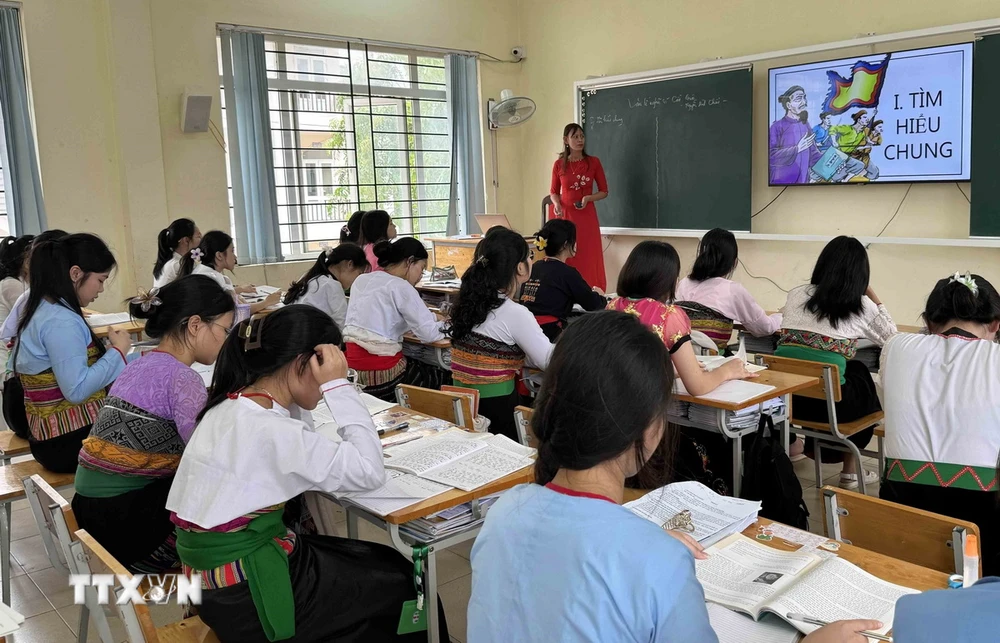
Less than a week to go until the first day of school. Schools, teachers, parents and ethnic minority students are ready to start the new school year.
Ready for the new school year
As a mountainous district with many difficulties in Quang Nam province, but with the efforts and attention of authorities at all levels, as well as the cooperation of the community, up to now, all schools and classes of Nam Tra My district are ready for the 2024-2025 school year.
According to statistics from the Departmentof Education and Training of Nam Tra My district, 29 schools in the district currently have 373 classes with 10,050 students, of which, preschool level has 106 classes with 623 students; primary school has 185 classes with 4,484 students; secondary school has 82 classes with 2,943 students.
Currently, the district has 11/29 schools meeting national standards, including Hoa Mai Kindergarten (Tra Mai commune), Tra Leng Kindergarten (Tra Leng commune), Kim Dong Primary School, Vu A Dinh Primary School (Tra Don commune)...
Most students at all levels in the district (97%) are children of ethnic minorities: Ca Dong, Xe Dang, M Nong, Co..., their families' economic conditions are very difficult, mobilizing families to let their children go to school is a great effort of the government and associations and unions at all levels.
In preparation for the 2024-2025 school year, creating the best conditions for students to go to class to acquire knowledge and practice ethics, recently, 100% of schools in the district have mobilized all resources, coordinated with youth and women's forces, etc. to repair, renovate, renew, and clean the school system, classrooms, desks, chairs, and teaching equipment, ready for the opening day.
Thanks to the attention of authorities at all levels and of society, up to now, the school and classroom system of the mountainous district of Nam Tra My has been mostly solidified, except for some remote schools far from the center, without a traffic system to transport construction materials, and still having to study in wooden classrooms.
Nam Tra My district is often in a state of teacher shortage due to many reasons: the number of teachers retiring before the age of retirement is increasing; the number of teachers asking to quit teaching to switch to other jobs because of the unsecured policies is increasing; the number of teachers asking to transfer to the plains to work closer to their families is increasing, while the number of teachers applying to teach in the district is decreasing due to the fear of going far away.
Head of the Department of Education and Training of Nam Tra My district Nguyen Dang Thuan shared that to solve the shortage of teachers in Nam Tra My district for many years, the Central Government and the Ministry of Education and Training need to have reasonable policies to ensure the lives of teachers and their families when they come to work in Nam Tra My district.
To solve the shortage of teachers in the school years, in recent times, Nam Tra My district has promoted very specific solutions: allowing high school graduates with excellent grades in the district to study at universities and colleges of education in and outside the province; recruiting civil servants; accepting a number of teachers from other districts who want to transfer to work in the district.
In particular, thanks to the flexibility of the Nam Tra My district government as well as the district's Department of Education and Training, this year, the district's "inherent" concern about teacher shortage has been basically resolved.
Specifically, based on the number of teachers assigned by the province to the district, the Department of Education and Training has allowed schools lacking teachers to sign contracts with teachers based on the number of classes and students.
Thanks to that, up to now, all schools in the mountainous district of Nam Tra My have basically had enough teachers for the 2024-2025 school year.
Strengthening Vietnamese for ethnic minority students in border areas
In the 2024-2025 school year, Bu Gia Map border district (Binh Phuoc) has 1,794 students entering grade 1, including 815 ethnic minority students.
Since the beginning of August, the program to enhance Vietnamese language for ethnic minority students in Binh Phuoc province has helped them integrate better before entering first grade.
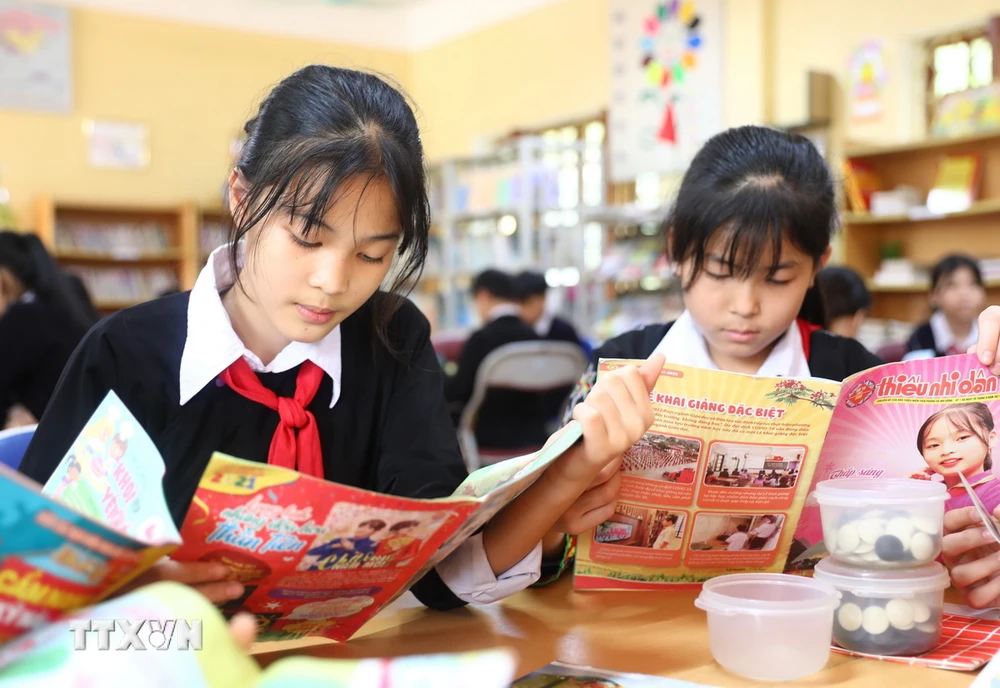
Bu Gia Map is one of the districts in Binh Phuoc province with a large population of ethnic minorities. The ethnic minority population in the district accounts for about 36%, so the Vietnamese language enhancement program is a solution to help ethnic minority students get acquainted with teaching methods, books, notebooks, writing, etc. before entering grade 1.
At Da Kia C Primary School (Da Kia Commune), one of the schools with 100% ethnic minority students, the school will welcome 56 students to grade 1 in the 2024-2025 school year. For about 3 weeks now, Ms. Van Thi Sang and her colleagues have been actively helping the students get used to the new learning environment.
Ms. Van Thi Sang, a teacher at Da Kia C Primary School, shared that most of the students here are very poor at communicating in Vietnamese. Because they live with families that mainly use their mother tongue, their understanding of Vietnamese is very limited. After 3 weeks of teaching, she saw that the students have improved and said that they also understand more.
Since the implementation of the Vietnamese language enhancement program at Da Kia C Primary School, according to teachers, it has brought positive results. “I think the Vietnamese language enhancement program for children is very necessary. During the summer, children will be equipped with some content to reduce pressure on homeroom teachers when starting the new school year in grade 1,” Ms. Van Thi Sang added.
Vice Principal of Da Kia C Primary School Nguyen Thi Dieu said that the majority of people in this area are of the Stieng ethnic group, so many children in their families speak their mother tongue. "In the past, thanks to the enhanced Vietnamese language class, the children will be able to grasp Vietnamese and know the simplest communication. I really hope that this Vietnamese language teaching and learning program will be maintained so that the children have the most basic skills to enter grade 1."
At Phu Nghia Primary School (Phu Nghia Commune), this year there are 60 ethnic minority students out of a total of 160 students preparing to enter first grade. In recent years, the Vietnamese language enhancement class has been very important and has influenced the students' learning process throughout the school year.
Ms. Kieu Thi Loan, a teacher at Phu Nghia Primary School, said that children who do not attend Vietnamese language enhancement classes will learn slowly when they enter formal school. During the formal schooling process, children develop very slowly because they do not know Vietnamese well.
According to Ms. Kieu Thi Loan, local ethnic minority students mostly use their mother tongue at home, so there is no Vietnamese communication environment. Therefore, their Vietnamese vocabulary is very small, and their ability to communicate with her is limited. With this Vietnamese enhancement class, the students have become more confident before entering official school.
Head of the Department of Education and Training of Bu Gia Map District, Le Van Cong, said that the Vietnamese language enhancement program is effective for students in remote areas and schools with a large number of ethnic minority students. The class creates a very useful environment for students to communicate in Vietnamese.
Strengthening the teaching of Vietnamese before entering grade 1 helps children recognize letters and words. When studying other subjects, they are no longer confused about Vietnamese. Knowing how to read and write will improve the quality of teaching and learning for students.
Recently, the Vietnamese language enhancement program has created a new learning environment for children in ethnic minority areas. Vietnamese language enhancement not only contributes to improving the quality of teaching and learning, but also demonstrates the concern of local authorities and Party committees for education.
Binh Phuoc Province has issued Resolution No. 07-NQ/HDND, dated July 4, 2024, stipulating funding to support the implementation of teaching and learning Vietnamese for ethnic minority children before entering grade 1 in the province. This Resolution is of great significance, contributing to improving the quality of education in remote areas and ethnic minority areas./.

At a meeting on handling difficulties in publishing and distributing ethnic minority language textbooks, Deputy Prime Minister Tran Hong Ha emphasized the need to ensure there are enough ethnic minority language textbooks.
Source: https://www.vietnamplus.vn/tao-moi-dieu-kien-cho-tre-em-dan-toc-mien-nui-trong-nam-hoc-moi-2024-2025-post973746.vnp








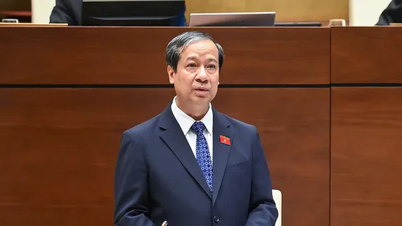

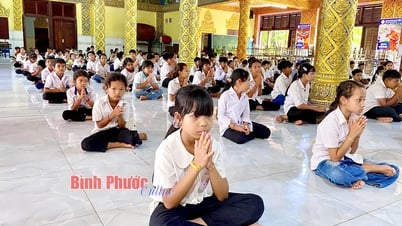




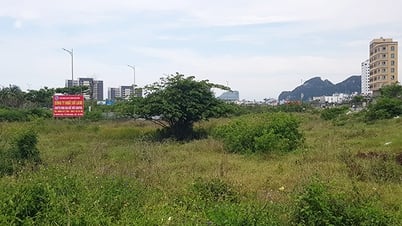

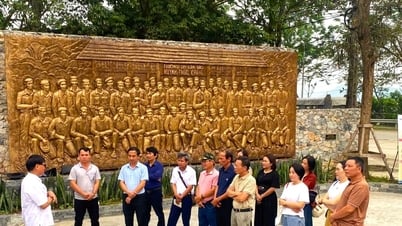



![[Infographic] Number of qualified applications to military schools increases](https://vphoto.vietnam.vn/thumb/402x226/vietnam/resource/IMAGE/2025/6/20/572053c1cd30402ba90a52dcf6f9b1ab)


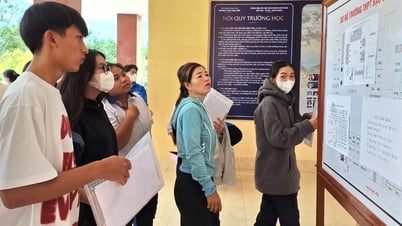

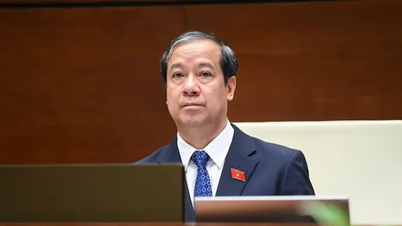
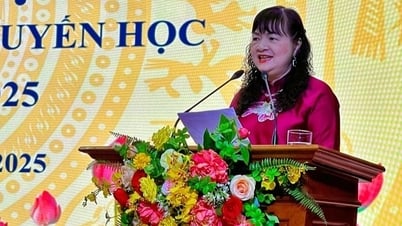




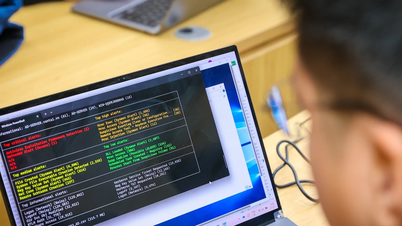
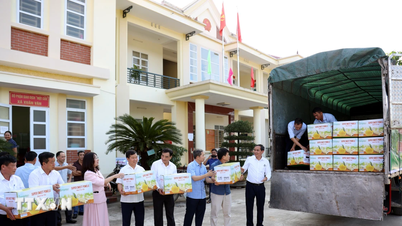
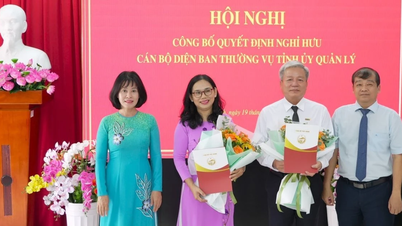

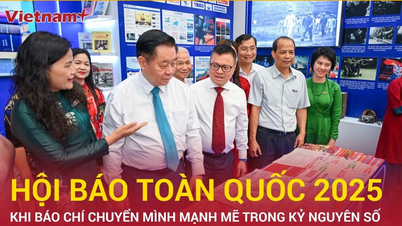






















































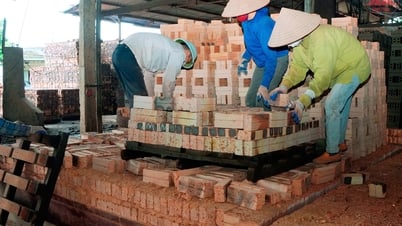
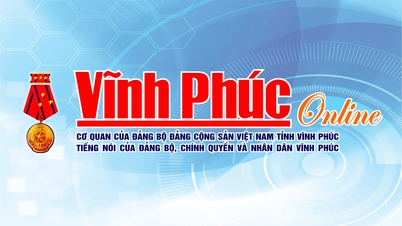













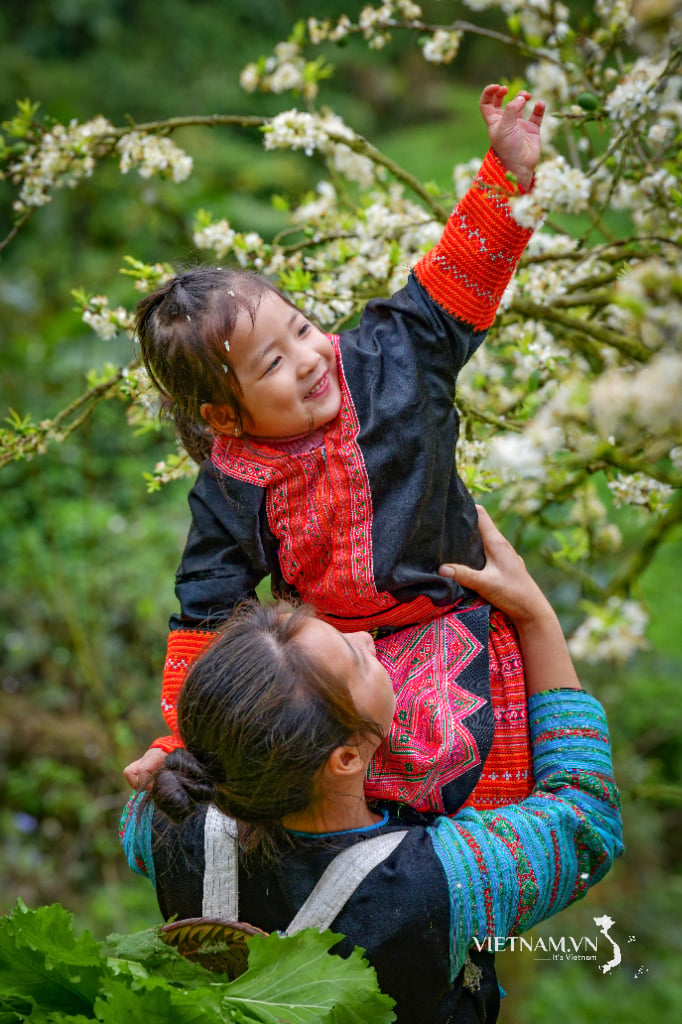
Comment (0)